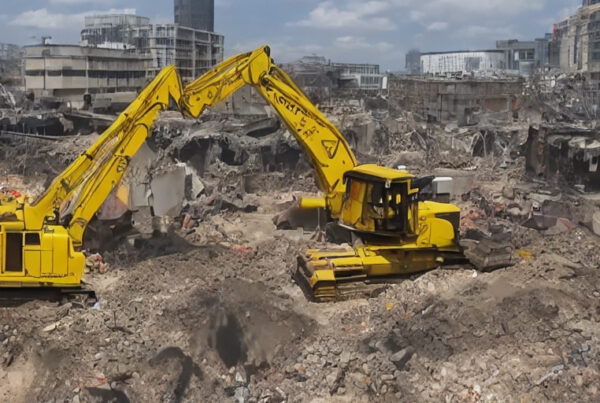Why the North East of England is a Great Location for Construction Projects:
The North East of England is a region rich in history, culture, and industry, with a reputation for innovation and excellence. This makes it an attractive location for construction projects of all kinds, from small renovations to large-scale infrastructure development. In this blog post, we will explore some of the reasons why people should choose the North East for their construction requirements, and why it is important to document the construction process using drones or time-lapse technology.
Skilled Workforce:
The region has a long history of industry and manufacturing, which has led to the development of a skilled workforce with experience in construction-related trades. This means that it is easier to find skilled workers and contractors to carry out construction projects.
Good Transport Links:
The North East has excellent transport links, including major motorways and airports, as well as access to the North Sea for shipping. This makes it easier to transport construction materials and equipment to and from construction sites.
Research Institutions:
The region is home to several major universities and research institutions, which can provide expertise and innovation in areas such as engineering, architecture, and sustainable construction practices.
Undeveloped Land:
There are significant areas of undeveloped land in the North East, which can be suitable for large-scale construction projects. This provides an opportunity for development in areas where there is a high demand for housing, commercial space, or infrastructure.
The Importance of Documenting the Construction Process:
Construction projects can be complex and time-consuming, and it is important to document the process to ensure that everything is done correctly and to help prevent problems from arising later. Two useful technologies for documenting the construction process are drones and time-lapse photography.
Drones:
Drones can be used to capture high-resolution images and videos of the construction site from a bird’s-eye view. This can help construction managers and stakeholders to monitor progress, identify potential issues, and make informed decisions about the project. Drones can also be used to create 3D models of the site, which can be used for planning and design purposes.
Time-lapse Photography:
Time-lapse photography involves taking a series of photographs at regular intervals over an extended period of time, and then combining them into a video that shows the construction process in a condensed form. This can be useful for marketing and promotional purposes, as well as for monitoring progress and identifying potential issues.
By documenting the construction process with drones and time-lapse technology, you can:
Improve Safety:
By monitoring the construction site from a distance, you can identify potential safety hazards and take steps to address them before they cause harm.
Ensure Quality:
By documenting the construction process, you can ensure that the work is being done correctly and to the required standards.
Track Progress:
By monitoring progress, you can ensure that the project is on track and identify any potential delays or problems that need to be addressed.
Market the Project:
Time-lapse videos can be used for marketing and promotional purposes, showcasing the progress of the construction project and generating interest from potential buyers or investors.
Conclusion:
The North East of England is an attractive location for construction projects, with a skilled workforce, good transport links, and significant areas of undeveloped land. By documenting the construction process with drones or time-lapse technology, you can ensure that the project is done correctly and to the required standards, while also promoting the project and generating interest from potential buyers or investors.
Latest Articles
Far far away, behind the word mountains, far from the countries Vokalia and Consonantia, there live the blind texts separated.




